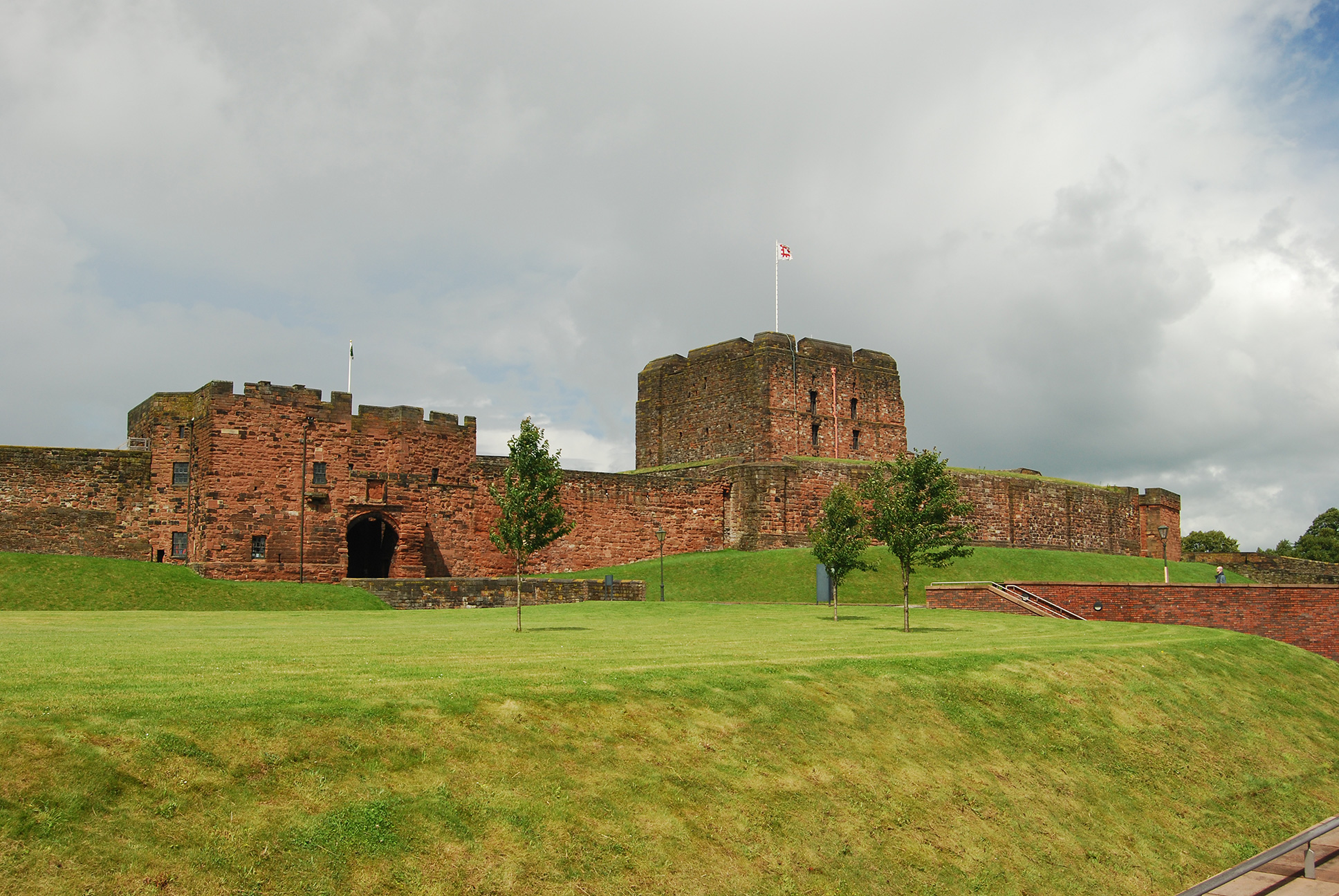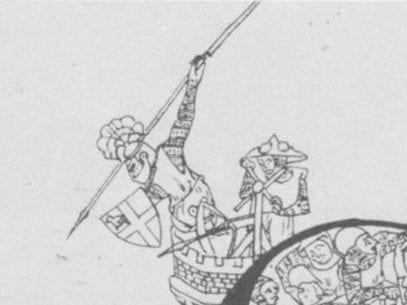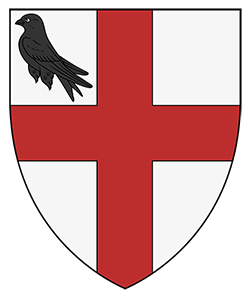Andrew Harclay - 1st Earl of Carlisle
Andrew Harclay was an English military leader on England's northern border with Scotland. He was born around 1270 at Hartley Castle in Kirby Stephen, Westmorland, England, and was the son of Sir Michael Harclay, Sheriff of Cumberland, and Joan Fitzjohn.

Andrew Harclay's early years are not documented. He was first mentioned in 1292 at a Westmorland eyre. In 1296, he held the office of Warden of Carlisle. In 1304, he took part in the First War of Scottish Independence. He then received a royal order to assist Robert de Clifford, 1st Baron Clifford, in defending England's northern border with Scotland. He became a Knight of the Shire in 1312.
In 1315, Robert the Bruce besieged Carlisle Castle, but the castle was successfully defended by Andrew Harclay, who King Edward II awarded 1000 marks. His rise in acclaim made him enemies in the north, who spread slanderous rumors about him. He was taken captive by the Scots around 1315, for which Edward II helped raise the ransom of 2000 marks for his release, but was falling from royal favor. In 1319, the royal favor had returned, and Harclay was appointed sheriff and keeper of Carlisle Castle, Cockermouth Castle, and Warden of the West Marches.

In 1322, tensions arose between Edward II and Thomas, 2nd Earl of Lancaster, over the handling of the war with Scotland. As Thomas headed north, Edward ordered Harclay to move the forces in Cumberland and Westmorland south to meet with the royal army already pursuing Lancaster.
Harclay and his forces moved south and stopped in Ripon when he got word that Lancaster was moving north and would be near Boroughbridge the next day. Harclay then moved to Boroughbridge and blocked the bridge to prevent Lancaster from crossing the next day.
And so, on March 16th, 1322, the two sides met, and the Battle of Boroughbridge began. Lancaster sent the Earl of Hereford and others over the bridge while he tried to cross a ford in the River Ure. Hereford was killed on the bridge, and Roger Clifford, 2nd Baron Clifford, was severely wounded, halting the advance. Lancaster came under overwhelming fire from archers and withdrew to the town. The next day, Lancaster surrendered to Harclay. Lancaster was taken to Pontefract Castle the following day, where he was judged by a show trial in front of a gathering of earls and barons and sentenced to death. On March 22nd, he was led out of the castle and beheaded along with more than thirty others, including Roger de Clifford, 2nd Baron Clifford, and John Mowbray, 2nd Baron Mowbray. Clifford was hung from the Keep at York Castle, which is now called Clifford's Tower.
King Edward II rewarded Andrew Harclay lavishly and was created the Earl of Carlisle, and promised more lands. He was also made Chief Warden of the Marches.
On October 14th, 1322, Robert the Bruce routed the English at the Battle of Old Byland, and John of Brittany, Earl of Richmond, was taken prisoner. Harclay was summoned to join the royal army, but his forces did not arrive in time. Harclay was now convinced the war with the Scots could not be won under Edward's leadership. Thus, Harclay entered a peace treaty with Robert the Bruce at Lochmaben without approval from the King. The treaty recognized Scotland as an independent kingdom. This act has been historically referred to as "Harclay's Treason." Edward then ordered the arrest of Harclay and began to fortify the northern castles.
On February 25th, 1323, Harclay was arrested by a small force at Carlisle Castle by Sir Anthony Lucy, 1st Baron Lucy. On March 3rd, Harclay was arraigned before a royal justice in Carlisle but denied a hearing. His spurs of knighthood were hewed off, and his sword broke over his head, and he was proclaimed to be a knight no more. He was then convicted as a traitor and sentenced to be hanged, drawn, and quartered.
After the sentence was carried out, his head was taken to King Edward at Knaresborough Castle before being hung on London Bridge. The four parts of his body were displayed in Carlisle, Newcastle, Bristol, and Dover. His head remained on display on London Bridge for 5 years. Harclay's sister petitioned the King to return the various body parts for a proper Christian burial, for which her request was granted in 1328.
Less than three months after Andrew Harclay's execution, Edward II agreed to a thirteen-year truce with Scotland.
